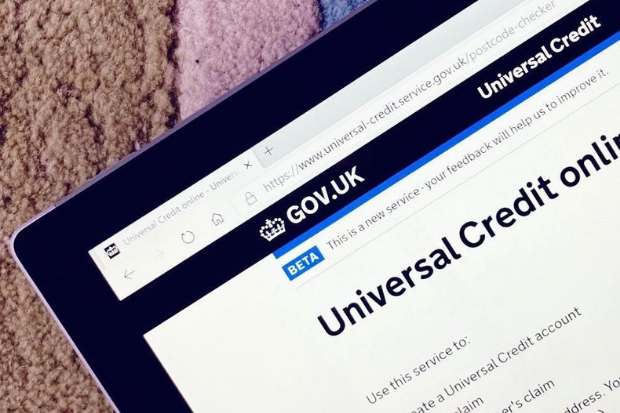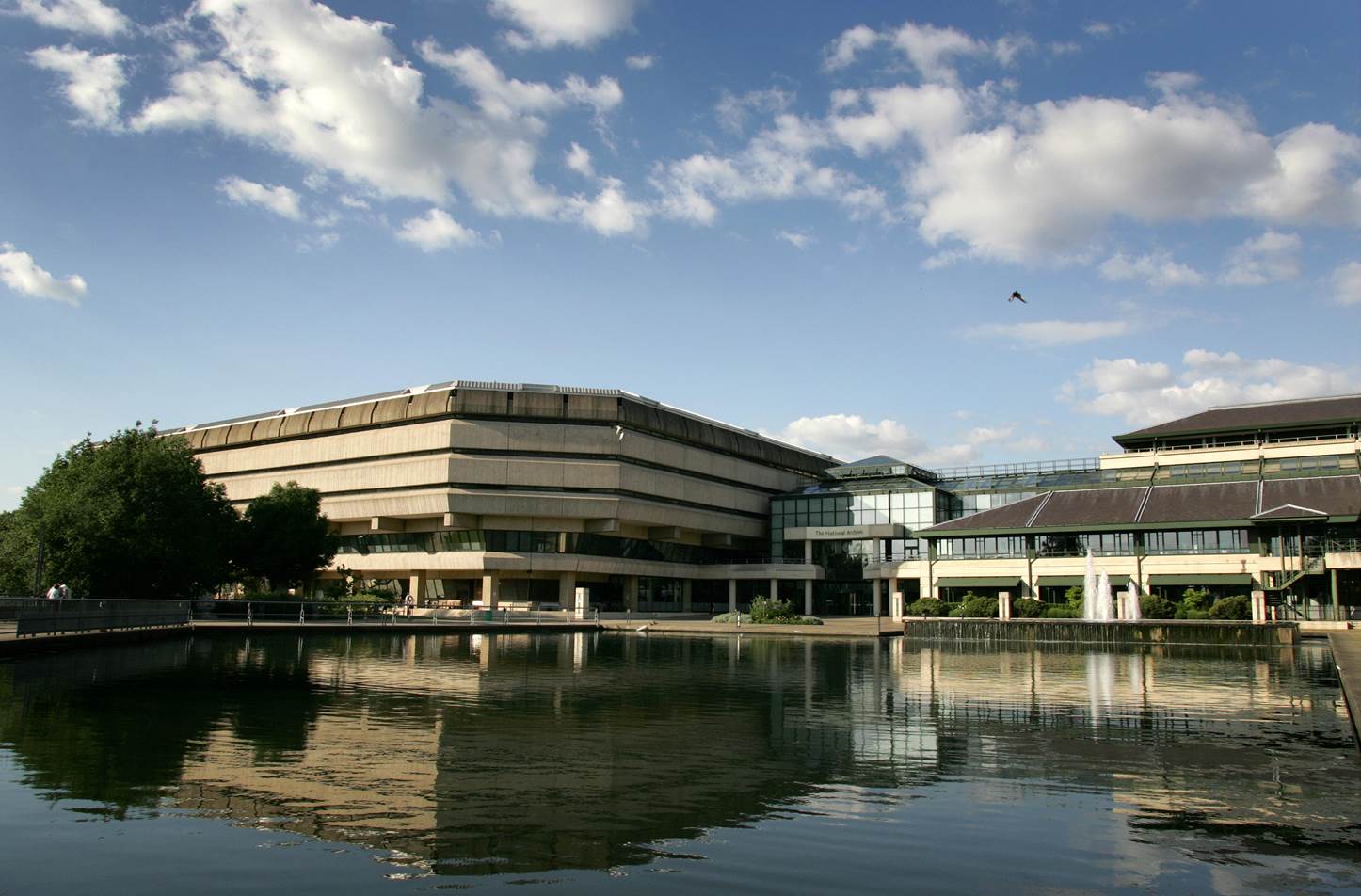Success rate of 7% compares with 3% for state-educated applicants
Credit: Dominic Lipinski/PA Archive/Press Association Images
Privately educated applicants to the civil service Fast Stream were twice as likely to land a place on the graduate programme than people who attended a comprehensive school, according to new figures.
While the data shows that, in the year to January 2019, almost 70% of the successful applicants to the flagship programme – for which the digital, data and technology profession is one of the biggest areas of intake – were state-educated, applicants who went to private schools were disproportionately more likely to get a place than former comprehensive pupils.
The Sunday Times, which reported the transparency data, said 32,633 applications for a place on the scheme were made and 1,259 job offers followed. Of those offers, 551 went to former comprehensive pupils, 383 went to privately-educated applicants, and 325 went to applicants who went to a state-funded selective school.
However, more than three times as many former comprehensive pupils applied for the Fast Stream than privately-educated counterparts – meaning that their success rate was 3% compared with 7% for those educated outside of the state system.
The success rate for those who studied at selective state schools – such as grammar schools – was 4%.
Related content
- Civil service seeks ‘leaders of the future’ with four-year scheme for aspiring digital professionals
- Government teams up with techUK to encourage industry collaboration
- Government services must keep pace with tech, says departing civil service chief
A Cabinet Office spokesperson said that while the Fast Stream was a “world-leading graduate programme” there was still “more to do to ensure the civil service recruits the best people from right across British society”.
The scheme’s most recent intake included 59 people recruited as DDaT specialists, making data and technology one of the biggest specialisms, behind only the Government Economic Service and the project delivery profession. This year the digital segment joined forces with the government security profession to offer cybersecurity roles as part of the DDaT intake.
A total of 843 people joined the civil service as part of the programme, which includes dedicated tracks for 13 professions, as well as a generalist programme – which this year offered 244 roles.
Making the Fast Stream more representative of the nation it serves has long been a goal of civil service leaders.
In 2016 the Cabinet Office announced that it would set up new regional assessment centres for the programme after a report it commissioned from the Bridge Group highlighted barriers to entry for potential candidates from working-class backgrounds.
The report noted that, at the time, the programme’s intake was “less diverse than the student population at the University of Oxford”.
The latest figures found that of the 1,259 job offers made, 101 went to applicants from Cambridge University, 98 to Oxford and 66 to Durham.
Figures for the 2017 recruitment round, which would have been the year before the figures reported by the Sunday Times, suggest that the success rate for Fast Stream applicants who went to a non-selective state school was 4.4% compared with 4.1% for those who went to a selective state school.
The success rate was 5.8% for those who went to an independently funded school and were not supported by a bursary.
That data, which was contained in the Civil Service Fast Stream Annual Report 2017-18, related to 838 recommendations for appointment. It may not be directly comparable with the figures published by the Sunday Times.



